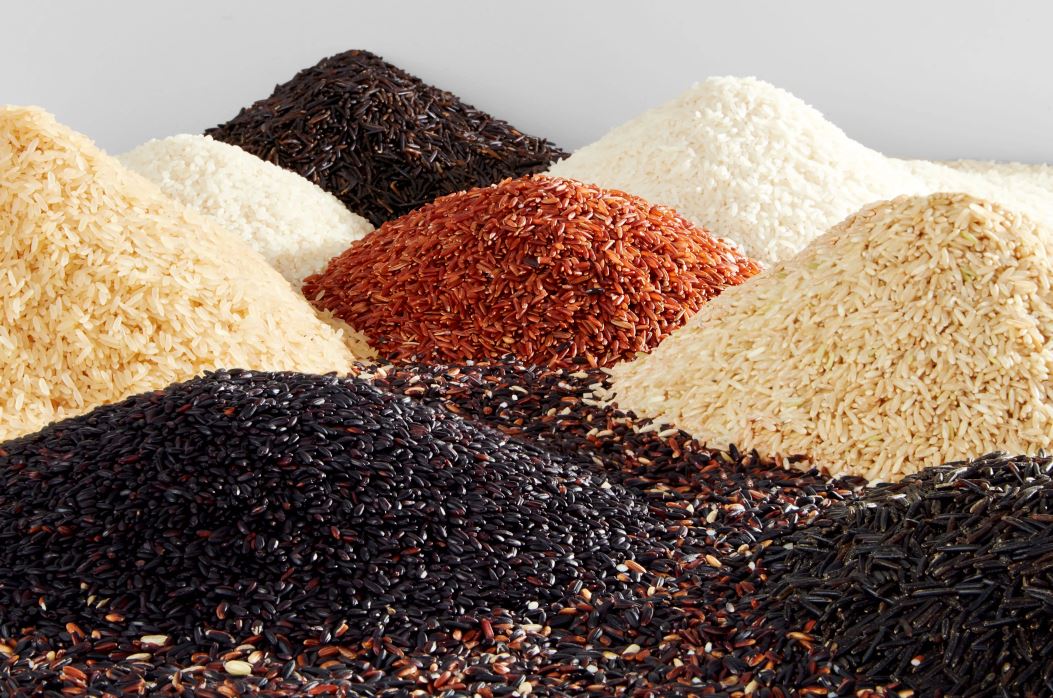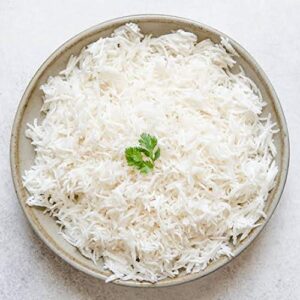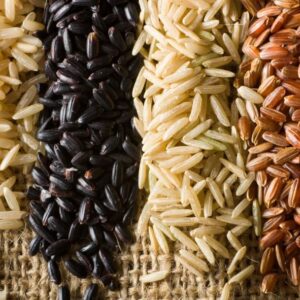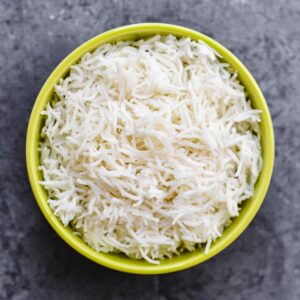Its History, Flavor, and Sustainability
Basmati rice is a type of long-grain rice that is primarily grown in the Indian subcontinent. It is known for its distinctive aroma and delicate flavor, and is often used in Indian, Middle Eastern, and Persian cuisine.
There are several different varieties of basmati rice, each with its own unique characteristics. Some of the most popular varieties include Indian basmati rice, Pakistani basmati rice, and Texmati, a hybrid variety developed in the United States.
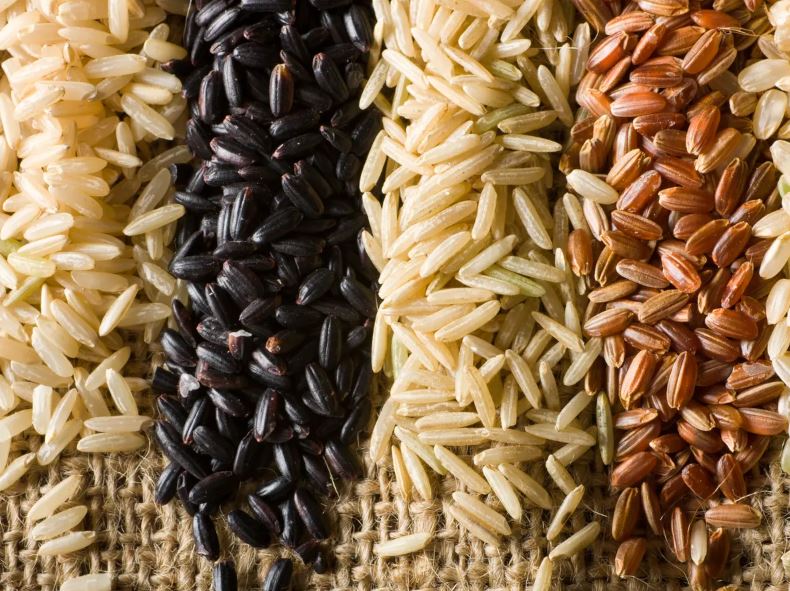
Basmati rice is grown in the fertile plains at the foothills of the Himalayas, in the states of Punjab, Haryana, and Uttar Pradesh in India, and in Pakistan. The name “basmati” is derived from the Sanskrit word “vasmati,” which means fragrant. The rice has been cultivated in the region for centuries and is considered to be an important part of the cultural and culinary heritage of the subcontinent.
One of the key factors that sets basmati rice apart from other types of rice is its distinctive aroma. The rice is known for its sweet, nutty fragrance, which is often described as similar to the smell of popcorn or roasted nuts. This aroma is created by the presence of a chemical compound called 2-acetyl-1-pyrroline (2-AP), which is found in high concentrations in basmati rice.
In addition to its unique aroma, basmati rice is also known for its delicate flavor and tender texture. The rice is typically cooked by boiling it in water, and it can be used in a wide variety of dishes, from biryanis and pilafs to salads and stir-fries.
Basmati rice is also prized for its nutritional value. The rice is high in complex carbohydrates, which provide sustained energy, and it is also a good source of protein and dietary fiber. Additionally, basmati rice is low in fat and contains a number of essential vitamins and minerals, including thiamin, niacin, and iron.
Despite its many benefits, basmati rice is also a controversial crop. The rice requires large amounts of water to grow, and in some areas, its cultivation has been linked to water scarcity and environmental degradation. Additionally, there have been concerns about the use of pesticides and other chemicals in the production of basmati rice, which can have negative impacts on human health and the environment.
To address these concerns, some farmers and organizations have begun to promote more sustainable and environmentally-friendly methods of growing basmati rice. These include techniques such as crop rotation, organic farming, and the use of natural pest control methods. Additionally, there are efforts underway to develop new varieties of basmati rice that are more resistant to pests and disease, require less water to grow, and are better adapted to changing environmental conditions.
Despite these challenges, basmati rice remains an important part of the culinary and cultural heritage of the Indian subcontinent. It is a versatile and delicious ingredient that is enjoyed by people all over the world, and its distinctive aroma and flavor are sure to continue to delight food lovers for generations to come.

